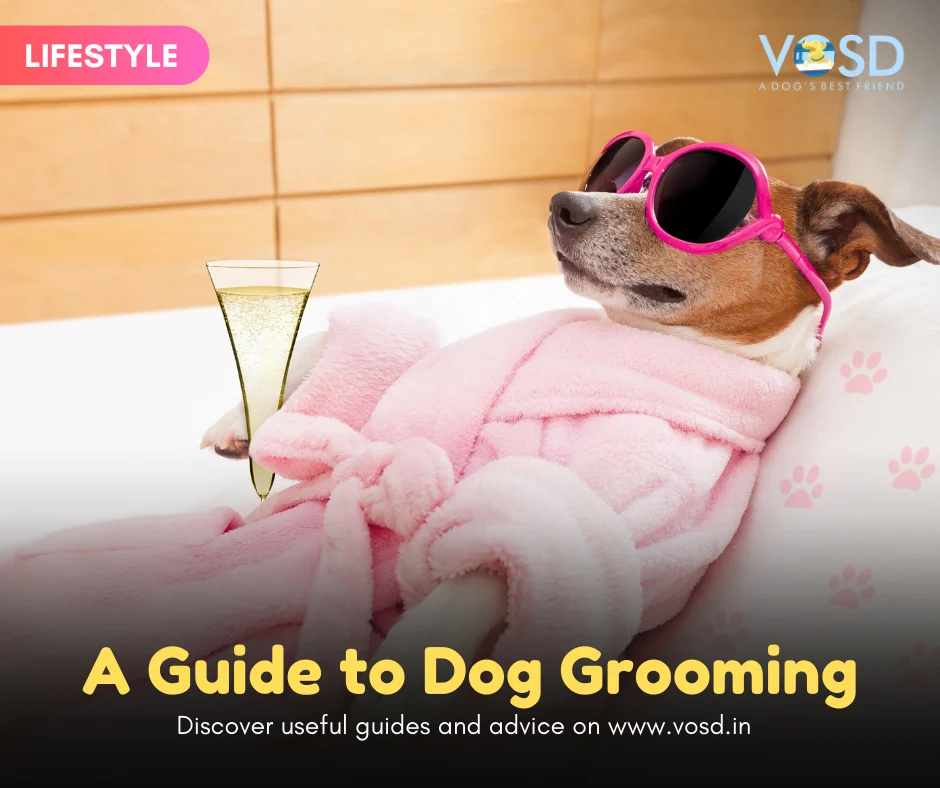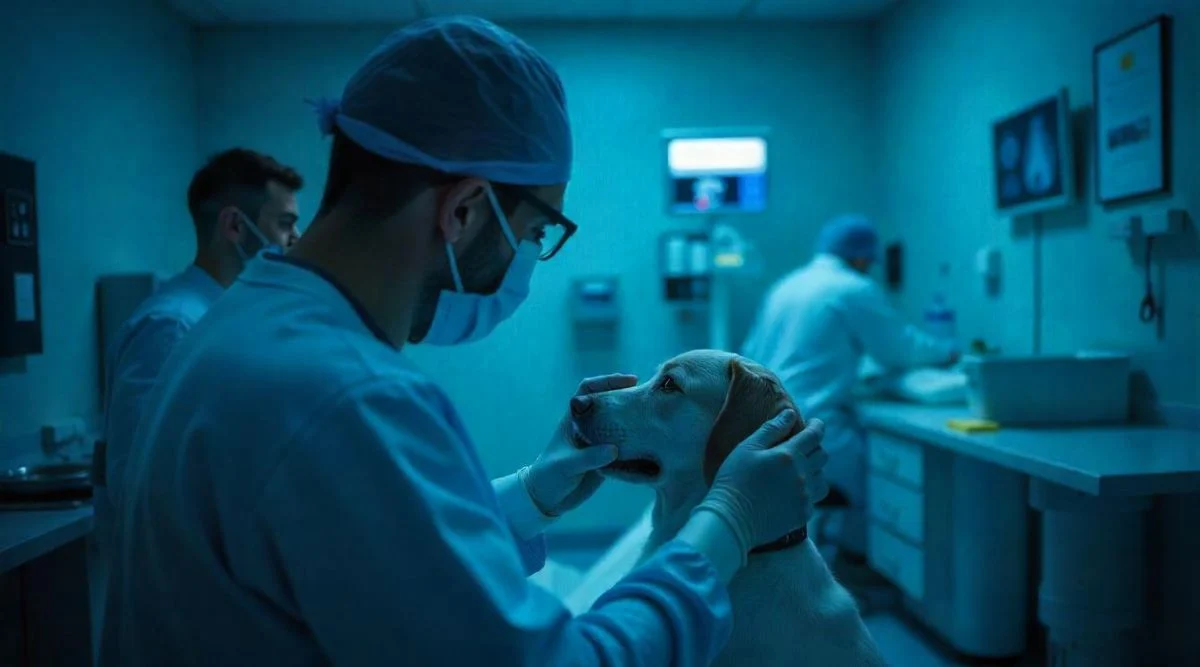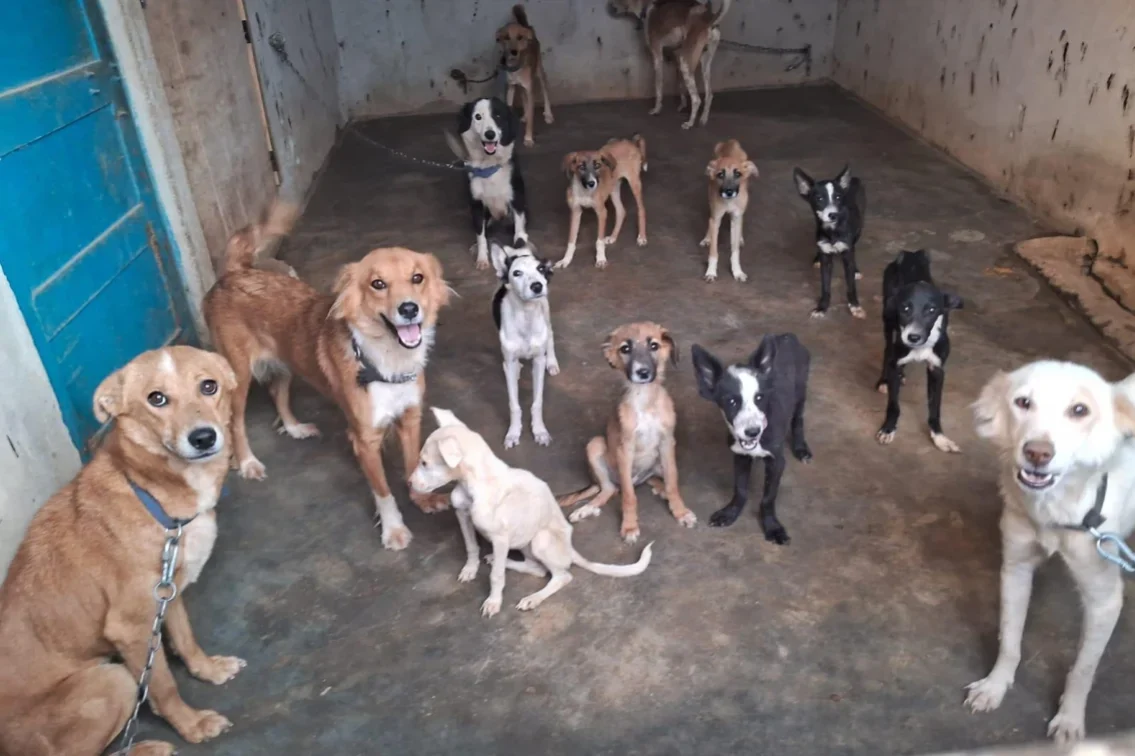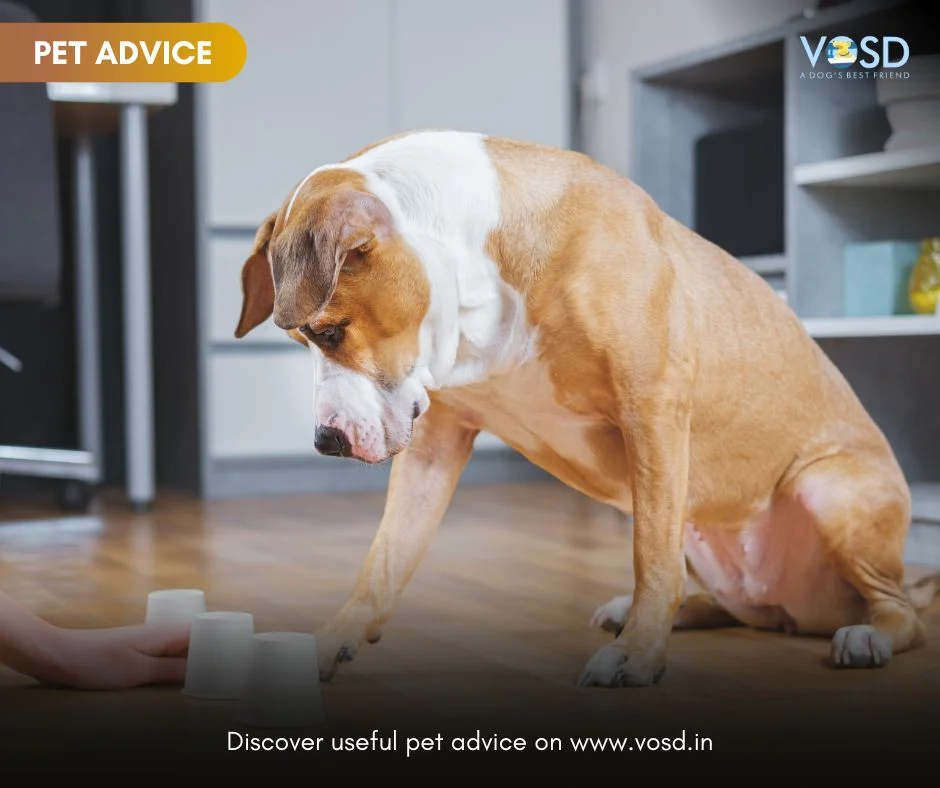Are you a new pet parent? Are you unfamiliar with the dog grooming process? If so, read this to know exactly what to do.
Paws for a second. What does grooming include?
According to us, a well-groomed dog has every part of his/her body taken care of. This includes fur, ears, eyes, and nails. Groom your dog well, and you will see a reduction in ticks, fleas, and potential germs and infections. It will be easier to allow your dog to sit in their favourite places like the sofa, or your bed as well!
It is important to prioritize your dog’s grooming as a pet parent. A responsible owner always checks the dog and notices if its nails are too long, if there’s an accumulation of dirt in the dog’s ears, or if the dog has foul breath and unhealthy teeth or gums. A clean and healthy dog is a happy dog.
Identify your dog’s particular needs
Before grooming your dog, ask yourself some basic questions. Is your dog on the furrier side? Does it have long, luscious locks or is the fur short/coarse? Is your dog extra tall or extra short? Is he or she well behaved outdoors? Or does he or she like to run into puddles and into any wet, dirty surface? Ask yourself some of these questions before you narrow down your dog’s grooming routine.

Bathing your dog
How often you bathe your dog depends on many factors. It is important to notice (you can’t miss it!) if the dog has bad body odour or if it has accumulated mud and dirt after a lot of time spent outdoors. Check with your veterinarian how healthy your dog’s skin is underneath all that fur as well.
Don’t bathe your dog too often. Too much soap and shampoo can dry out a dog’s skin. Allow the natural oils in a dog’s skin to do their work – just like with humans, they keep skin healthy.
Put cotton in your dog’s ears during the bath. Water accumulation in a dog’s ears will cause infection. Cotton buds in their little ears will help to prevent any water leaking into the ear and touching the ear drum.
Avoid wetting the head. Use a washcloth on the head instead of pouring water directly. It is a good idea to avoid clogging a dog’s eyes, ears, and nose with water.
Choose the right shampoo. Ask your veterinarian for good product suggestions. If you are out of dog shampoo, do not use human shampoo! The skin composition of a dog is not the same as that of a human, and we can assure you that this will not be effective. If your dog has healthy skin, use a mild shampoo. Consult with your vet if there are underlying skin conditions.
Choose a good spot to bathe your dog. Obviously, if you live in an apartment in any Indian city, we understand that it’s not easy to find an outdoorsy area. Effectively use a free terrace or large balcony if you can, but otherwise, a roomy tub for your dog will work well.
Quick tips to train your dog to enjoy bath time:
- Introduce your dog to the bathing space gently. Allow them to sniff around and provide treats when the dog behaves calmly.
- Bathe after the dog has exercised. They will have less energy to splash around and make a big mess of things, especially indoors!
- Get your dog used to your touch in places like their paws, ears, and eyes. Be extra gentle and treat your dog when they don’t resist your touch.
Remember: If your dog is too resistant, try again later! Never force your dog to do anything.
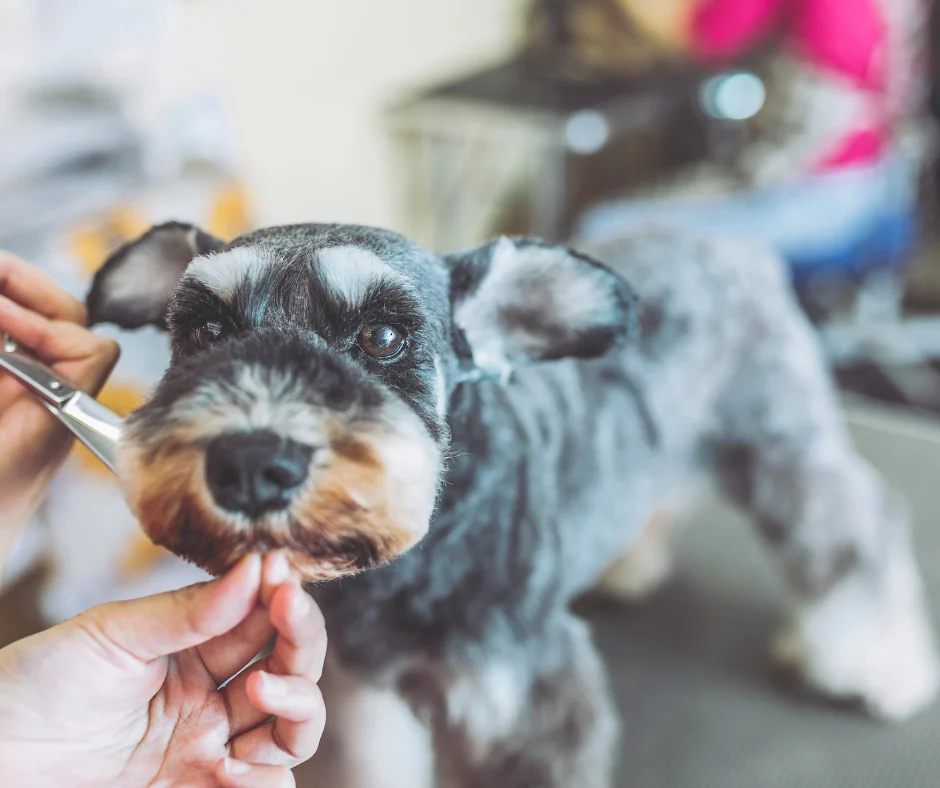
Grooming your dog includes regular brushing
If you live in a city, you will be able to visit a dog groomer in your vicinity. If not, as a pet parent you should be familiar with the local veterinarian. You will be able to get basic grooming done for your dog at the vet. This includes brushing your dog’s fur, trimming their nails, checking the dog’s ‘quick’, a general medical check-up, and so on. Take your dog to the groomer’s or the vet’s once in 6 to 8 weeks.
Brush your dog according to their fur-type. A short-haired dog, like many Indian breeds, do not need daily or even weekly brushing. The point of brushing a dog’s hair is to remove loose hairs (you probably won’t like hair flying all over the house either!) and to help with their blood circulation. It is also a wonderful exercise in bonding with your dog. Dogs are tactile, and this is an opportunity to make them feel special and loved, instead of it becoming a punishment for them. If you have a long-haired dog, observe tangles. You might have to brush them more often. This will also help remove dirt that accumulates in their fur.
Trim your dog’s hair. When hair grows too much, especially on a furry dog, it will help to trim. Has your dog’s hair started obscuring its vision? (Note: Never let this happen!) Trim areas where long hair is likely to accumulate germs. Check the anal area so that long hair doesn’t trap faeces. Remember: Use a blunt pair of scissors and be very, very careful to not hurt your dog.
Check your dog’s eyes, ears, paws, and teeth
Eyes: Keep an ‘eye’ out for your dog’s eyes. Are they healthy? Are your dog’s eyes too watery, or is there some kind of discharge? If this is the case, then please visit the nearest veterinarian immediately.
Use a soft cloth to gently wipe away excess gunk from your dog’s eyes. Dirt generally accumulates after a good night’s sleep, so check your dog’s eyes in the morning.
Ears: Is your dog scratching its ears too much? Is there some kind of discharge? Do the ears look too red? If you notice any of these problems, then please take your dog to the vet.
As mentioned earlier, avoid water falling into the dog’s ears.
Paws: Get your dog used to you checking its paws. Look for debris and dirt that collect in the grooves of the paws. As paws come in direct contact with dirty roads during walks, it is very important to check that the dog hasn’t unwittingly picked up anything on the journey. It is easy to not notice if the paw has been hurt or poked with anything unless your dog is limping, or if there’s a significant amount of blood leaking from the area.
Teeth: The best thing to maintain healthy teeth in dogs is a chew toy! Buy a chew toy that you can trust and depend on. A good bone or a chew toy will also allow the dogs to exercise their jaw muscles well. Go to your vet if you notice gum swelling or too much dirt on your dog’s teeth.
Monitor nail growth and cut nails regularly
It’s very important to check your dog’s nails as often as possible. If a dog is standing still, his or her nails should not reach the ground. Every dog has a blood vessel in each nail called the ‘quick’ that grows with the nail. If the nail and quick become too long, there will be long term joint pain issues and other health issues for your dog.
Talk to your vet about trimming a dog’s nails. Ask the vet to demonstrate how to do it once. If it helps, do it once in front of them as well so they can guide and correct you. It always helps to be sure.
When you’re cutting their nails, make sure to hold the clippers at a 45-degree angle and avoid touching the quick as touching it might cause pain.
Grooming done right: Ask your groomer the right questions
A groomer or vet will usually observe the dog’s behaviour during grooming time. Try and remember to ask the groomer/veterinarian how the experience was, how your dog behaved, and what you might need to note down in order to give your dog a great home-grooming experience!
Train your dog to get used to regular grooming
Grooming your dog can be fun for both parent and fur baby. Make sure your dog knows that there’s no rush to get this done. Your dog will behave better when he or she is comfortable and relaxed. Remember to use treats as positive reinforcement so your dog begins to associate bath time with a good time!

